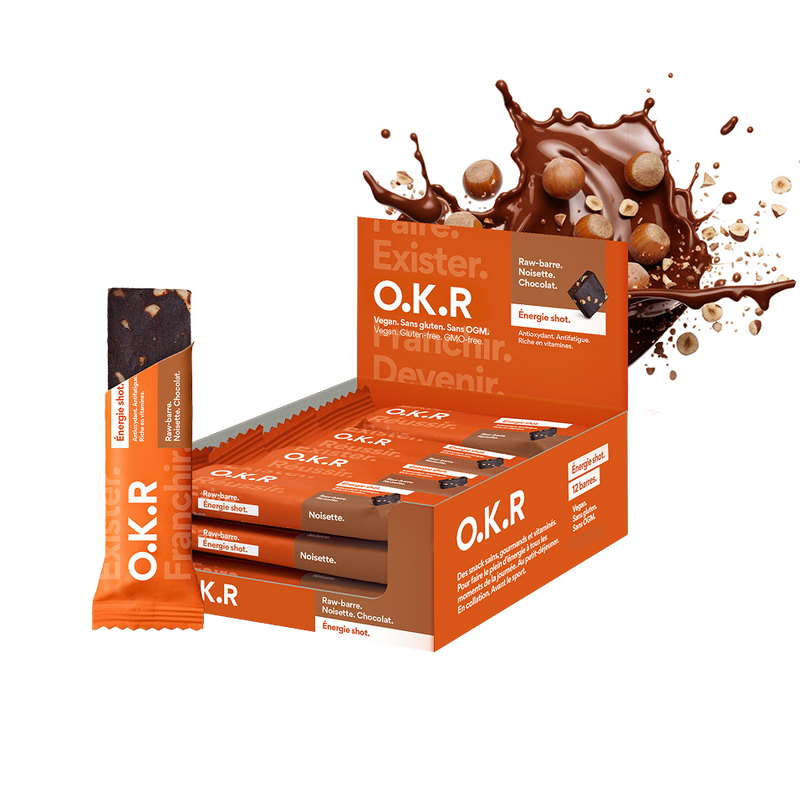With the heat, it's very important to stay hydrated. While it's essential to drink water every day, there are other ways to stay well hydrated: eating foods rich in water, for example.
What is the role of water in our body?
The human body is made up of approximately 60% water. Water is the only essential beverage for humans. It plays several roles in your body:
- Structural role: Water helps build the body. It is found in all fluids such as blood plasma, sweat, saliva, tears, digestive juices, etc. In addition, the brain is made up of 76% water, the kidneys 81%, and the lungs 78%. Fats and bones contain 30% and 25% water, respectively.
- Role of solvent and transporter: water dissolves various substances and allows their transport within each cell but also from one cell to another.
- Metabolic role: water is involved in many chemical reactions such as hydrolysis, which allows the breakdown of a molecule into two smaller ones.
- Role in thermal regulation: when body temperature rises too high, the phenomenon of perspiration will help to cool the body by evaporating on the surface of the skin.
- Protective role: water is part of the composition of the cerebrospinal fluid which protects the brain, but also of the amniotic fluid which protects the baby.
Did you know?
The more muscle your body has, the more water it contains. A very muscular body has a higher percentage of water than a less muscular body.
What are your water needs?
The first thing to do to stay hydrated is to drink 1.5L of water per day. For the more athletic among you, your needs are obviously increased, up to 2 to 3L. People who have trouble drinking this amount often have a psychological block, imagining a whole bottle to consume. However, 1.5L is between 6 and 8 glasses of water, or 2 in the morning, 2 at noon, 2 in the afternoon and 2 in the evening. It's easier than it seems! Another way to stay hydrated, especially in the summer, is to eat foods rich in water.
Which vegetables are rich in water?
The cucumber.
Cucumber is a vegetable very rich in water, of which it is composed at 96%. In addition, it is low in calories and is a source of fiber. Cucumber has the particularity of stimulating intestinal transit. This refreshing vegetable contains polyphenols, mild antioxidants that protect the body's cells against damage caused by free radicals. Cucumber is also a rich food source of copper, necessary for the formation of hemoglobin and collagen, and which contributes to the body's defense against free radicals. It is also a source of vitamin K, which is involved in blood clotting and is necessary for bone formation.
The radish.
This crunchy vegetable contains 95.9% water. It's also a rich source of antioxidants that may protect against certain cancers, such as lung, ovarian, and kidney cancer. In fact, radish contains an active compound called isothiocyanate, which, due to its antimutagenic properties, may play a role in cancer prevention.
The mushroom.
Mushrooms are low-calorie vegetables, rich in water (92.6%) and B vitamins. They are also an excellent source of fiber, phosphorus, and potassium. Mushrooms contain starch, which, like fiber, resists the action of digestive enzymes. This starch serves as food for the bacteria present in the colon and therefore helps maintain good intestinal health. This vegetable is a good source of vitamin B2, a vitamin that contributes to tissue growth and repair, hormone production, and the formation of red blood cells. Rich in vitamin D, mushrooms play a role in bone growth by making calcium and phosphorus available.
The carrot.
Carrots contain an average of 89.6% water and are rich in beta-carotene. Beta-carotene activates and prolongs tanning by boosting melanin synthesis and thus protecting the skin from the sun's harmful UV rays. Carrots also contain vitamin C and numerous minerals such as calcium, magnesium, potassium, and iron.
Vegetables with high water content per 100 grams.
|
Endive |
95.5 gr |
|
Lettuce |
95.3 gr |
|
Green asparagus |
92.5 gr |
|
Spinach |
91.6 gr |
|
Cress |
91.1 gr |
|
Celery |
88.6 gr |
|
Artichoke |
84.9 gr |
|
Parsnip |
80.6 gr |
|
Pea |
79.2 gr |
|
But |
75.4 gr |
Which fruits are rich in water?
Watermelon.
Watermelon, or watermelon, is a refreshing fruit containing 90.9% water. It contains a pigment, lycopene, which is an antioxidant that helps reduce the risk of cardiovascular disease, diabetes, and osteoporosis. It may also play a role in preventing prostate cancer.
The tomato.
Often confused with a vegetable, the tomato is a fruit composed of 94.1% water rich in antioxidants. It also has the advantage of being low in calories and a source of fiber and vitamin C, which is nutritionally interesting. Its fiber content helps stimulate intestinal transit but also has an impact on satiety. Its vitamin C content will help reduce oxidation and inflammation in the body.
The strawberry.
With 90.1% water, strawberries are rich in water, but not only that. They are also an important source of vitamin C, vitamin A, and vitamin B9, which are important for pregnant women, and fiber. Strawberries also contain anthocyanins, which are thought to have a protective effect against the development of cancer.
Grapefruit.
Rich in water (89.8%), grapefruit is a refreshing fruit containing vitamin C and antioxidants. These have multiple health benefits, particularly in the fight against cancer and cardiovascular disease.
Fruits with high water content per 100 grams.
|
Lemon |
89 gr |
|
Blackberry |
87.7 gr |
|
Clementine |
87.6 gr |
|
Apricot |
87 gr |
|
Plum |
86.6 gr |
|
Pear |
85.1 gr |
|
Cherry |
83.8 gr |
|
Mango |
83 gr |
|
Grenade |
80 gr |
|
Banana |
75.8 gr |
In summary.
Remember to stay hydrated during the summer and don't forget to eat extra fruits and vegetables. Refreshing and nutritionally good for you, they can only do you good. Happy summer!













